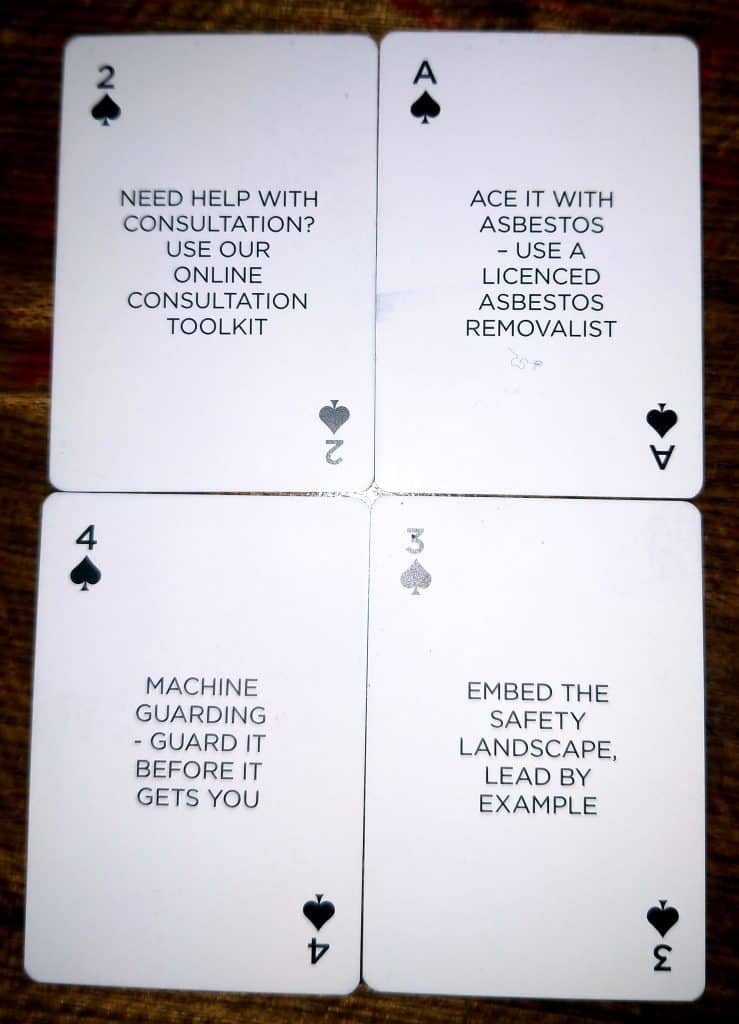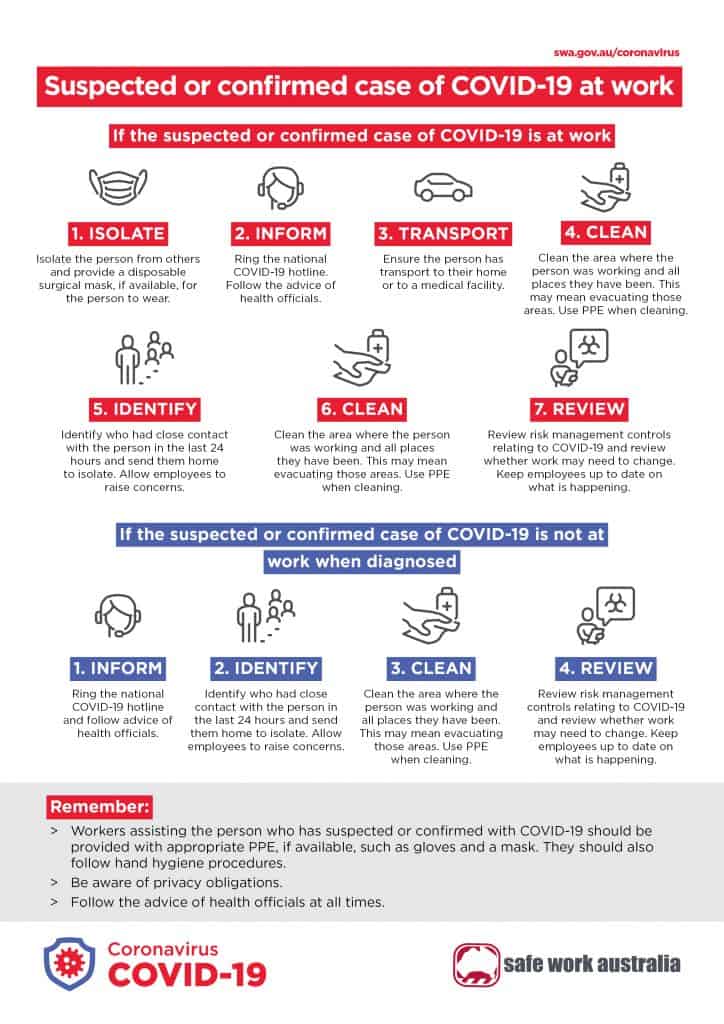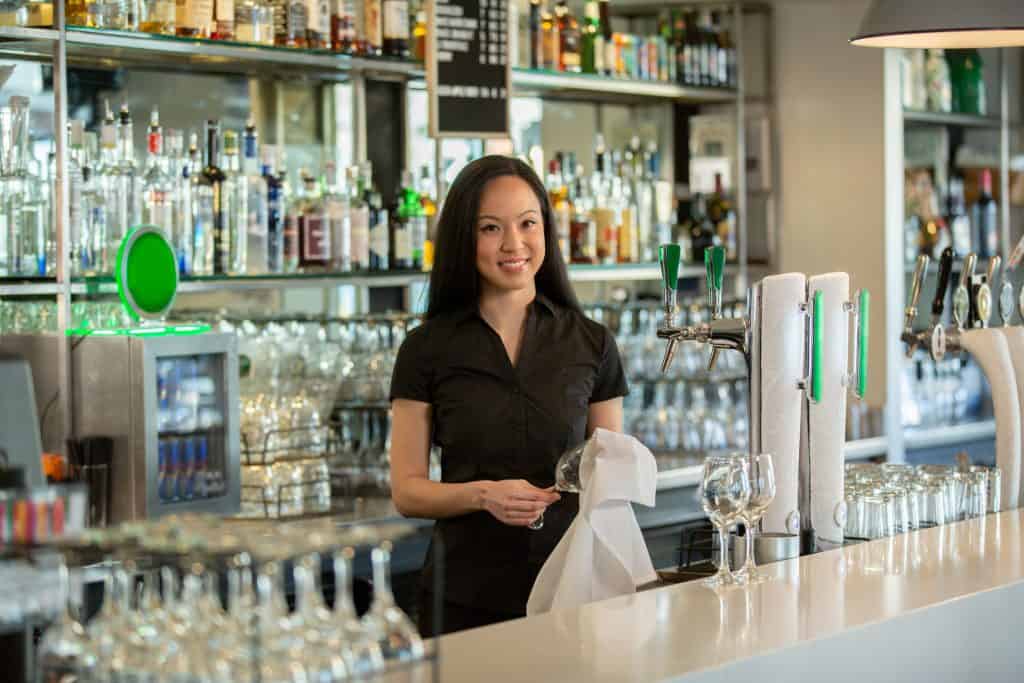So, Victoria now has Industrial Manslaughter laws. Now what? Within days of the activation of these laws a worker died at the Thales worksite in Bendigo. This location is covered by the Federal Work Health and Safety laws, but this has not stopped social media from mentioning Industrial Manslaughter. It seems now that every work-related death will be assessed through the IM lens. It may be that the threat of jail should always have been the starting point for occupational health and safety (OHS) penalties and investigations but initial responses to the IM laws have been mixed, and some seem to be more interested in what, in the past, has been a sideline to the IM discussion – deaths, in work vehicles, suicides and industrial illness.
Category: advertising
From a spark to a flame

The recent employment data for Australia shows record levels of unemployment due, largely, to COVID19. People are out of work and are seeking jobs in areas and occupations with which they are unfamiliar, and we know that new workers are at a high risk of injury. But “safe jobs” has rarely been a government priority.
Prime Minister Scott Morrison and Treasurer Josh Frydenberg held a long press conference after the release of the employment statistics on June 18 2020. Nine times the pair stressed the government’s priority was to get Australians “back into work”. Safe and healthy jobs were never mentioned. One could argue that occupational health and safety (OHS) was not part of the economic discussion on that day (it never is) but there is an equal argument to say that the inclusion of either adjective “safe” and “healthy” could create a cultural change in Australian workplaces, a cost-reduction strategy for Australian businesses and an increased quality of life and improved social cohesion for all Australians.
Expert advice
If you like what you read and could use Kevin to advise your company on workplace health and safety, review your safety management system, provide second opinions or produce thoughtful safety-related content exclusively for you, email him or contact him though his LinkedIn profile….
Quirky safety cards

Conferences usually provide delegates with goodie bags of promotional material from sponsors and speakers. Most of it is dross but the bags often include quirky items such as drink bottles, stress balls, baseball hats, sunscreen, which can also be silly, but occasionally there are some that are useful and notable.
SafeWorkNSW produced a deck of playing cards where safety statements or aphorisms replaced the pictures of two-headed royalty and card symbols. This is the type of item that may be left in a glovebox of a car for times of imposed idleness, but I have only seen playing cards used once on a worksite (exempting the playing of Uno by tax office employees in the early 1980s at the morning break after the tea ladies brought chocolate and cream buns). A construction site I was working at was “rained off” one day and the cards came out.

The use of such safety playing cards is intended to be a useful subliminal way of reminding workers of the importance of safety. Given that the longevity and success fo safety posters is very limited, the card strategy may be worth considering by other organisations.
If you have an example of a useful OHS promotional item, please send through an image and/or a description via this email link.
Safe Work Australia’s COVID19 guidance

In mid-March, pandemic advice from occupational health and safety (OHS) regulators was assessed with the generic guidance from WorkSafe Victoria being praised. Many changes to workplaces have occurred since then and Safe Work Australia (SWA) has caught up with the demand for industry-specific guidance on managing work in this pandemic. SWA’s advice is very good and is discussed below.
Young workers don’t know their OHS rights or their employer’s duty of care – Duh!

On March 10 2020, the Andrews Labor Government and the Minister for Workplace Safety, Jill Hennessy, released a media statement about a “social experiment” involving the safety of young workers, in response to the fact that “about 50 young workers are injured every week”.
The statement said that the campaign is
“… warning employers to protect young workers and making sure young Victorians are aware of their rights through a powerful new campaign …..
[and]
“…is part of a social experiment which saw young workers aged 18-25 asked to participate in a mock job information session for a research company.”
The significant finding was that
Awards require a new purpose

WorkSafe Victoria has just contacted attendees at the 2019 WorkSafe Awards for an evaluation of the event. Although my response below relates to the recent event, it relates to many of the various (and expanding) awards for occupational health and safety (OHS). Here is some of my response to the WorkSafe survey and some suggestions on future Awards strategies:
